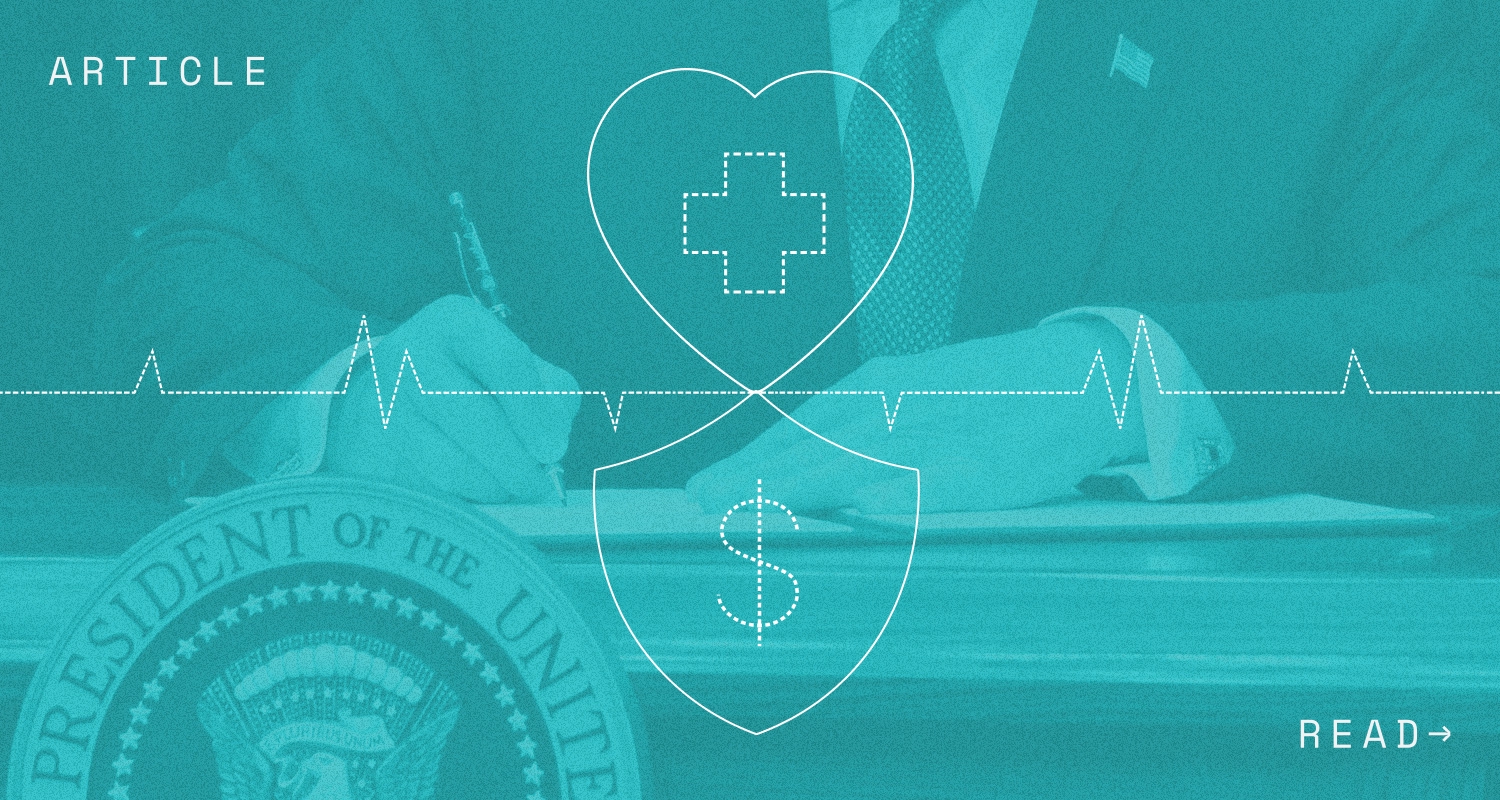On July 13, 2020, the IRS released draft Forms 1094-C and 1095-C for 2020 reporting. These Forms are used by certain employers to complete their Affordable Care Act (ACA) reporting requirements to show they have complied with their obligations under the ACA’s Employer Mandate. The draft Form 1094-C contains no changes from last year; however, the draft Form 1095-C contains changes to accommodate the introduction of individual coverage health reimbursement accounts (ICHRAs), which are a new type of group health plan that employers can use to comply with the Employer Mandate. Employers who did not offer ICHRAs to their employees in 2020 will not be affected by these new additions to Form 1095-C.
Only Applicable Large Employers are Required to Submit Forms 1094/1095-C
Under the ACA’s Employer Mandate (“Mandate”), Applicable Large Employers or ALEs (those with 50+ full-time (FT) and full-time equivalent employees (FTE) in the prior calendar year) are required to offer their full-time employees and their dependents affordable minimum value coverage, or potentially face a penalty. ALEs are also required to submit annual ACA reporting (using Forms 1094/5-C) to show that they complied with the Employer Mandate. The IRS will then review the reporting to determine whether an ALE owes a penalty for failing to offer required coverage.
This means that employers who had 50 or more FT and FTE employees in 2019 are ALEs in 2020 and will be required to submit ACA reporting in February or March of 2021.
Changes to Draft Form 1095-C are to Accommodate ICHRAs
The 2020 draft Form 1095-C has included new sections and codes to accommodate employers who used ICHRAs to meet their obligations under the Mandate. In order for ICHRAs to be considered “affordable” in 2020, employers must have contributed an amount large enough so that the cost to the employee for self-only coverage on the lowest-cost silver plan on the Exchange was less than 9.78% of their household income. Since the cost of the lowest-cost silver plan varies by geographic location and the employees’ age, employers must consider the employee’s primary site of employment or residence and their age when determining how much to contribute to the ICHRAs. For more information about ICHRA requirements and ACA affordability, see our blog article.
The new draft 1095-C accommodates ICHRAs by making the following changes:
- Employees Age on January 1: A new section for the employee’s age on January 1 is included in Part II of the Form 1095-C. Since the cost of the lowest-cost silver plan varies by the employee’s age, this section is now included so the IRS can determine whether the ICHRA offered to the employee was considered affordable.
- New codes for Line 14: The draft 1095-C includes eight (8) new codes for Line 14, which is where employers fill out the type of coverage that was offered to employees and their dependents. The new codes “1L-1S” allow employers to select ICHRAs as the method by which they offered employees healthcare coverage. The appropriate code depends on whether the employer used the employee’s primary residence or their work address when calculating affordability.
- New Line 17: Line 17 will be used by employers who offered their employees ICHRAs to report the ZIP code that they used for determining affordability. Employers will either enter the ZIP code for the employee’s primary residence (those who used code 1L, 1M, or 1N in Line 14) or the ZIP code for the employee’s primary work location (those who used code 1O,1P, or 1Q in Line 14).
As mentioned above, these changes to the Form 1095-C will not impact employers who did not offer their employees ICHRAs for purposes of meeting their obligations under the Mandate.
Potential Heightened Scrutiny for ACA Reporting Errors
The Treasury Inspector General for Tax Administration recently published a paper suggesting that the IRS needed to make improvements to ensure that employer penalties for non-compliance with the Mandate were properly assessed. The Inspector General found that the IRS assessed less penalties than initially anticipated ($749 million vs. $17 billion). The Inspector General recommended that the IRS do more to collect penalties, even in situations where an employer complied with the Employer Mandate but failed to properly report their compliance on their ACA reporting forms. This position is contrary to the current IRS practice whereby employers can avoid potential penalties by showing that they did comply, but accidentally filled out their ACA reporting incorrectly.
Although the IRS ultimately disagreed with the Inspector General’s suggestions, employers should be diligent and ensure they are properly filling out their future ACA reporting (especially Form 1095-C) so they are not liable for penalties. Employers will want to ensure they are utilizing a knowledgeable ACA reporting vendor who is not prone to filing mistakes.
Additional Resources:
- Draft Form 1095-C
- Draft Form 1094-C
- Treasury Inspector General Report: Improvements Are Needed to Ensure That Employer Shared Responsibility Payments Are Properly Assessed (June 10, 2020)
- Sequoia Blog: ICHRAs and Affordability
- Sequoia Blog: Final Rules on ICHRAs
Disclaimer: This content is intended for informational purposes only and should not be construed as legal, medical or tax advice. It provides general information and is not intended to encompass all compliance and legal obligations that may be applicable. This information and any questions as to your specific circumstances should be reviewed with your respective legal counsel and/or tax advisor as we do not provide legal or tax advice. Please note that this information may be subject to change based on legislative changes. © 2020 Sequoia Benefits & Insurance Services, LLC. All Rights Reserved




